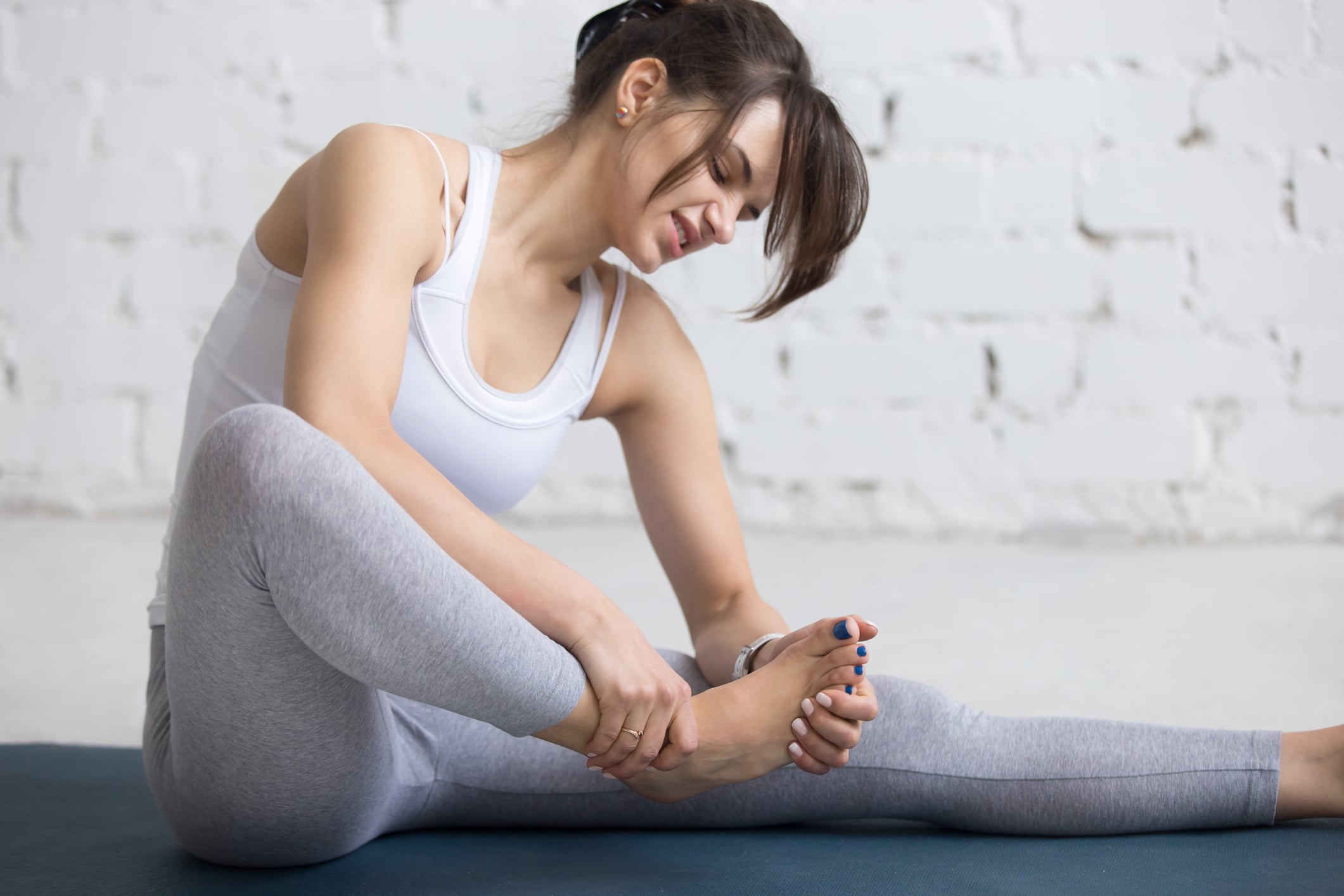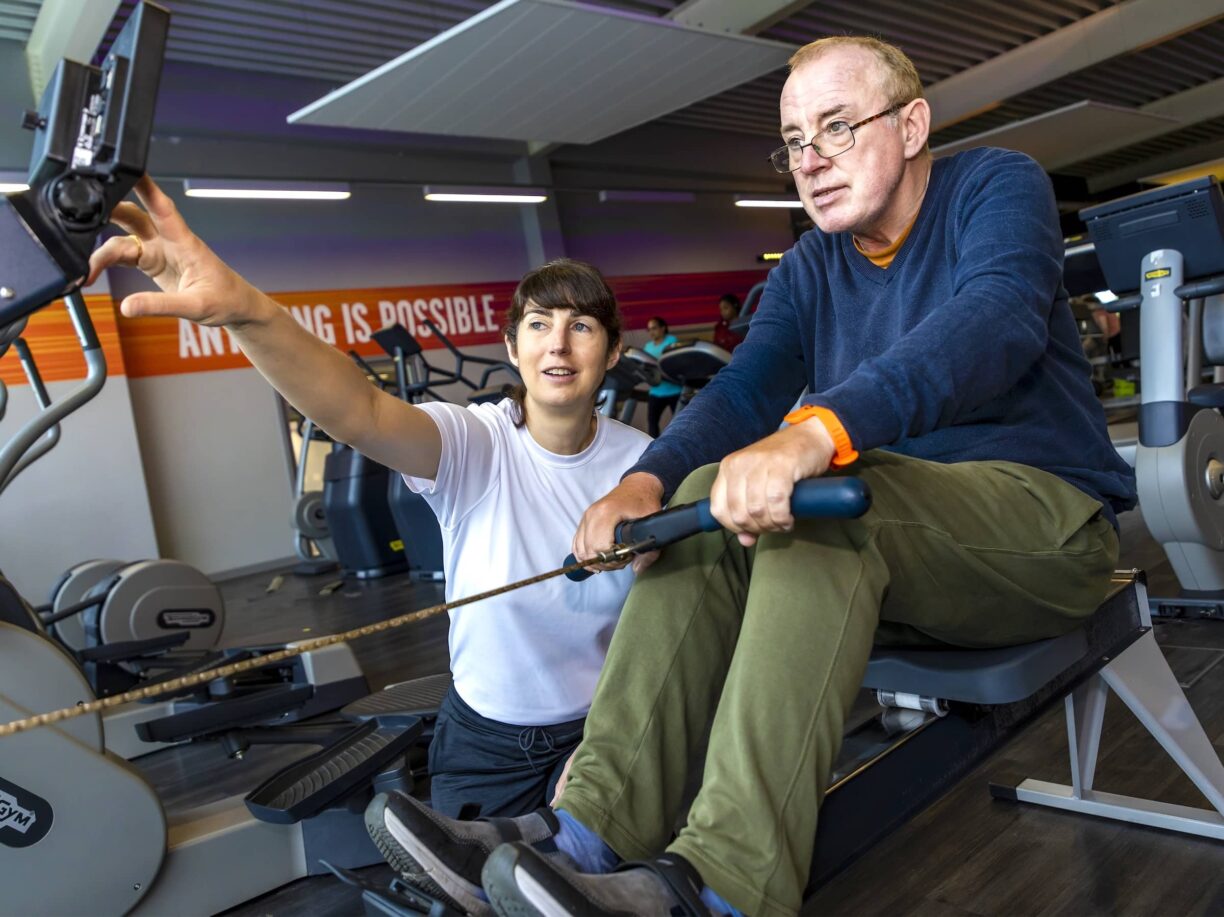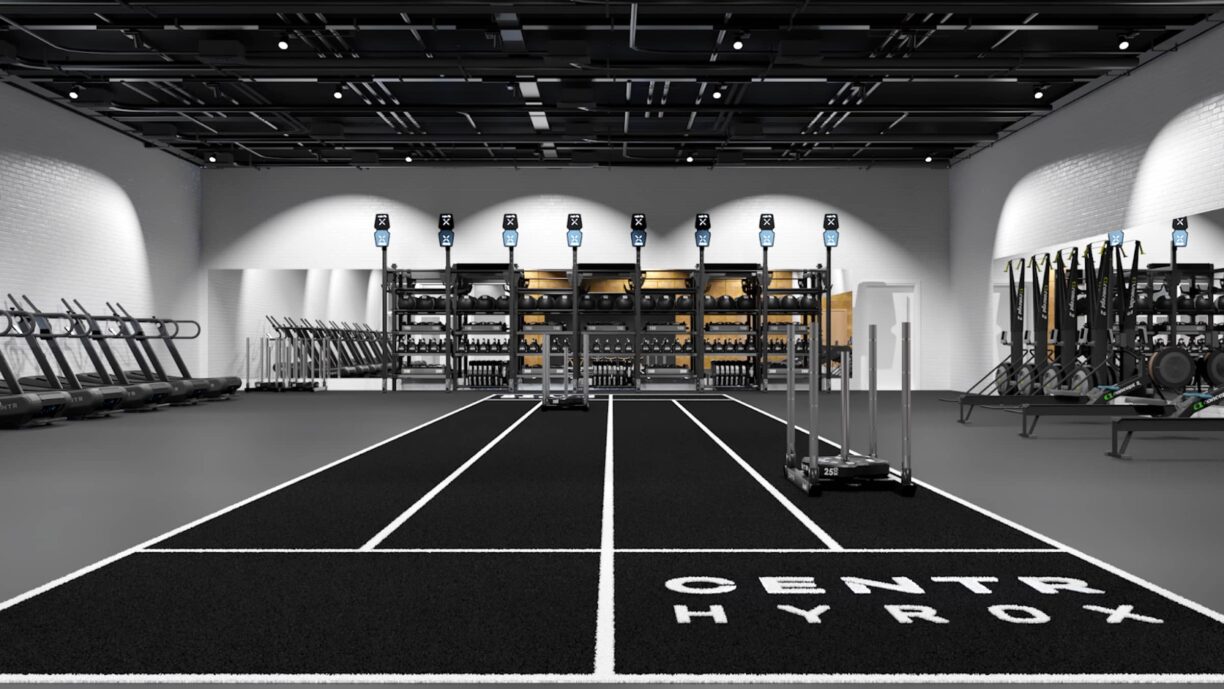We all know how it goes in the New Year – you’ve got some brand-new fitness tech for Christmas, all your gym sessions are laid out in a big schedule and you’re raring to get going on your fitness journey.
A few weeks later, you’ve overdone it. Whether it’s down to bad habits, not using equipment properly or trying to do too much, too fast, you’ve picked up an injury that could put you out of action for weeks. What now?
Don’t give up. There are some simple steps you can take to recover from injury and get back to your exercise goals for a fresher, stronger 2022.
Remember the PRICE is right
If you’ve not heard of the PRICE acronym, it’s an easy way to remember all the key things you should be doing when you contract a minor injury.
- Protect the area to avoid pain and further injury (e.g. by using a support)
- Rest to assist with healing
- Ice the injury to reduce inflammation
- Compress the area to ease any swelling
- Elevate the injury above your heart to continue healing
Follow these steps, and you’ll speed up your recovery and be back on the treadmill or
lifting weights much faster.
Don’t push too hard, too quickly
It’s very normal for newcomers to exercise to set targets that are far too ambitious, but trying to do too much too fast can lead to repetitive stress injuries.
If you don’t give your body time to recover, you’ll overexert yourself and greatly increase your risk of injury, which will take you back out of the game and make it more likely you’ll give up on your exercise goals.
It’s always better to start slow and let your body gradually get used to the activity before building up the intensity, particularly after an injury.
Mix up your exercises
Switching up your exercises helps you stay motivated and keeps your body guessing, but it also makes you much less susceptible to injuries gained from repeatedly targeting the same muscle groups.
For example, if you mix your regular runs in with activities that bear less weight like swimming, this can be great for improving fitness while giving certain muscles a rest.
Many people favour a blend between aerobic exercises, such as jogging and cycling, with anaerobic exercises such as weightlifting or sprinting.
Make massage part of your regular routine
There’s a reason why so many athletes swear by massage. It reduces soreness, relieves muscle tension and increases blood circulation, sending more oxygen through the blood to damaged muscles to help repair them faster.
Massage also improves the range of motion your muscles can handle, making you less prone to injury in the future.
In fact, 72.2% of visitors to The Massage Company – a leading provider of massage therapy using a unique subscription model – said that they received a massage to ease muscular pain.
From the same survey, 14.3% said they received massages to improve their energy levels, while 4.8% said they were using it to rehabilitate after an injury.
If being kept away from others during lockdown has taught us anything, it’s that our sense of touch (and being touched) can have a powerful impact on our wellbeing.
Just like physical exercise, massage stimulates the production of endorphins like serotonin, giving us the same mental health boost we’d have after completing a difficult run.
At the gym, you get out what you put in, but with a monthly massage you can let someone else do the work and enjoy an improved mood, relaxed muscles and alleviate stress.
Most importantly: Exercise smarter, not harder
The people who are the best at keeping up exercise long-term are the ones who know that it’s a marathon, not a sprint.
Most importantly, you need to listen to what your body is telling you, and if it’s struggling, you need time to recuperate. Rome wasn’t built in a day, and it’s the same with your personal fitness.
It’s better to consistently balance rest and recuperation than to try and achieve all your fitness goals at once.
An injury is one of many hurdles to overcome when trying to achieve your new year fitness goals, but don’t let it break you. With these tips, you can come back stronger than you were before.





